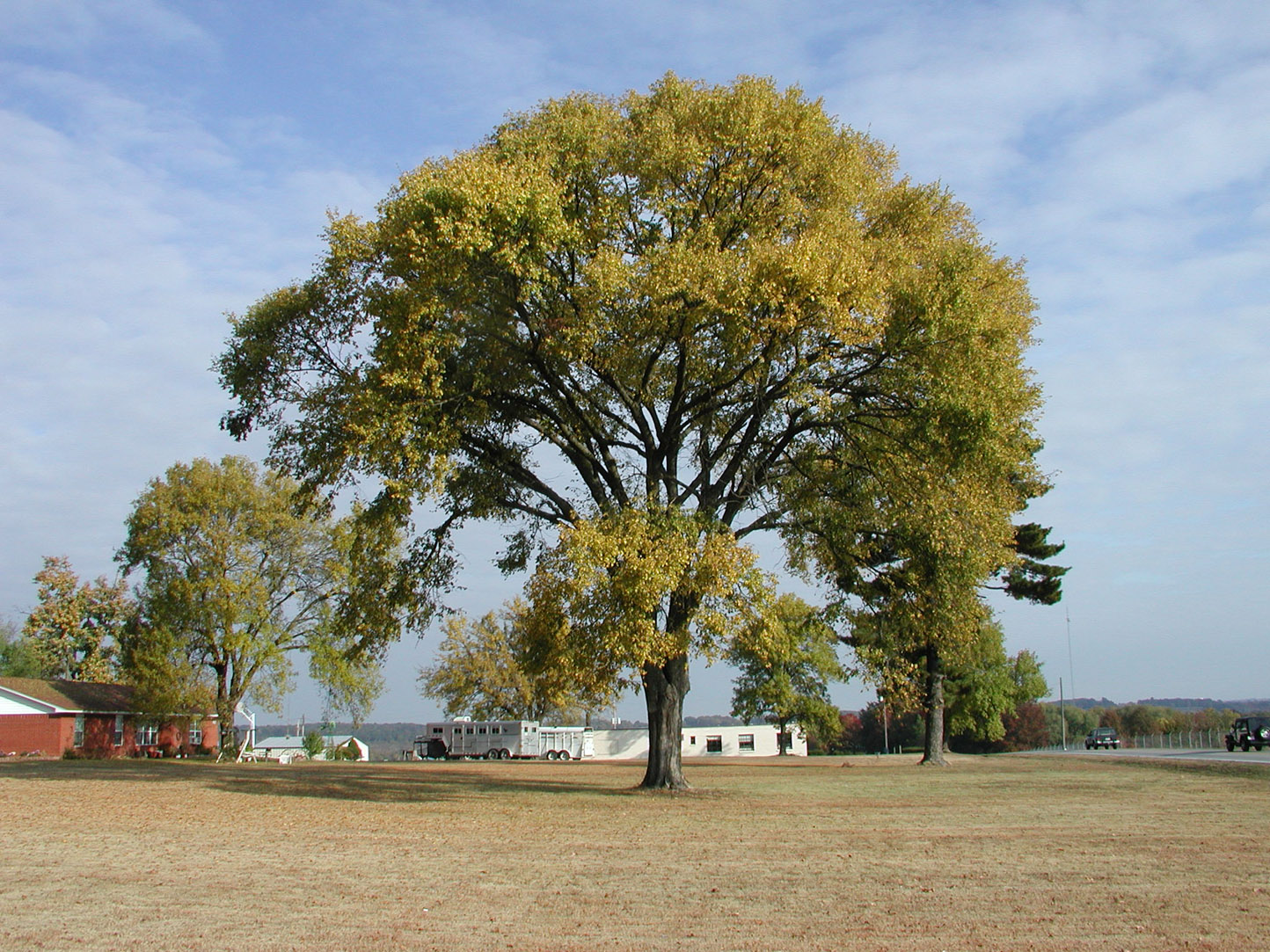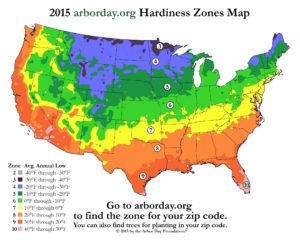Expedition Elm
Prairie Expedition American Elm, a cultivar of our native Ulmus americana, is a clonal propagation of a lone survivor found among many other American elms that died from Dutch Elm Disease. Like other American elms, its mature height is around 60′ with a spread of 35-40′, and it has the classic cathedral/umbrella form that makes them so desirable. It tolerates most soil types, a wide range of pH, compacted soils, environmental salt, and general urban pollution, making it an excellent choice for urban sites where larger trees are desired (parks, boulevards without powerlines, and other open spaces).
The original Prairie Expedition tree was found alive among many other dead elms along the Wild Rice River, near Fargo, ND. It was propagated at NDSU and found to have excellent resistance to the DED fungus. In studies comparing several DED resistant cultivars, researchers at the University of Minnesota also found that it had especially excellent disease resisting properties. It was released in 2004 and named in honor of the 200th anniversary of the Lewis & Clark expedition. The original tree pictured below has two leaders, making it wider than it would be when properly pruned.
Prairie Expedition® is an outstanding DED-resistant American elm selection. Uses for this cultivar are in boulevard, park plantings, and other large open spaces




